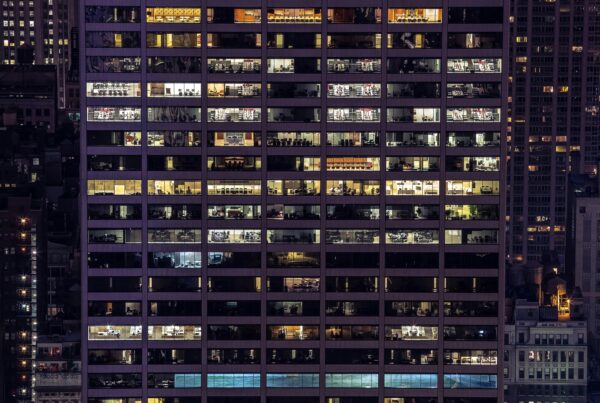The Green Business Certification Inc. (GBCI) has recently launched its newly adopted SITES rating system for sustainable landscaping.
Generally regarded as the LEED equivalent for landscapes, the Sustainable Sites Initiative (or SITES) was developed in the fall of 2009 as a joint effort by the American Society of Landscape Architects, The Lady Bird Johnson Wildflower Center at The University of Texas at Austin, and the United States Botanic Garden.

A giant safety pin sculpture await the young and old at the New Orleans Museum of Art and Sculpure Gardens. (Photo courtesy of christineknight.me)
Landscaping plays an integral part in the built environment. Whether the greenspace is meant as a city or state park, or for residences, or commercial buildings and establishments, government or public offices, medical or academic campuses—landscape architecture does more than just prettify the surroundings.
More importantly, good sustainable landscaping makes sustainable adjustments to mimic and enhance the existing natural ecosystem of the area. It can restore habitats to preserve bird species. It can also do wonders for water conservation, in the case of xeriscaping, in which drought-resistant native plants are used. Good landscaping also reduces runoff by soaking up and storing stormwater, as well as lessen urban heat effect as trees and foliage absorb the sun’s rays.
On a societal level, greenscapes can form the nexus of neighborhoods, where people can converge through various activities—sports and fitness endeavors, play area for kids, youth forums and educations, music and arts festivals, etc. “Landscapes,” according to Rick Fedrizzi, CEO of GBCI, “knit together the fabric of our communities.”
In their raw and untampered state, ecosystems are already sustainable by themselves, every creature finding balance and harmony with each other, and nature’s processes and cycles going on as smoothly as possible. Building constructions (and in particular, urban sprawl), however, can mess all that up— cutting down trees, paving surfaces, blocking bird migration routes, encroaching on previously untouched territories, and a dozen other implications just to make way for steel-and-glass structures.
But urbanism can be green if planned conscientiously. As such the SITES standards reward projects based on areas that include site selection, water, vegetation, materials, human health and well-being.
Just like the LEED system from which it was modeled, SITES works on a 250-point scale. The rating system awards one star for projects that earn 40{e3829ec1db02d54faaf9fa2de0d48db26af01d7a7944a63c3b26976124791cab} all available points; two stars when projects achieve 50{e3829ec1db02d54faaf9fa2de0d48db26af01d7a7944a63c3b26976124791cab} of those points; three stars for projects reaching 60{e3829ec1db02d54faaf9fa2de0d48db26af01d7a7944a63c3b26976124791cab} of available points, and finally four stars for achieving 80 percent of available points. The point system is
Project teams can check out sustainablesites.org for more information on how to get their greenscapes registered and certified. The website also gives you access to SITES v2: Rating System For Sustainable Land Design and Development, containing various best practices, performance benchmarks, and tools for developing sustainable landscapes.
It’s time to start thinking of landscaping not just as an add-on to a building, but as an integral part of the built environment.










